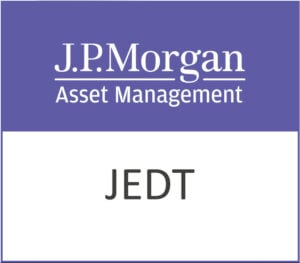In the dynamic realm of technology stocks, Lyft, Inc. (NASDAQ: LYFT) stands out as a compelling player within the Software – Application industry. Despite the challenges inherent in the ridesharing sector, Lyft has maintained its position as a significant market entity with an $8.23 billion market capitalization. As investors consider their portfolios, Lyft’s performance metrics, technical indicators, and analyst ratings offer a nuanced perspective on its investment potential.
Lyft’s current stock price of $20.26 falls within its 52-week range of $9.97 to $22.93, reflecting some volatility but also resilience. The slight price change of -0.02% suggests a period of relative stability, which may be appealing to investors seeking steadiness in turbulent times. However, the potential upside as reflected in the average target price of $19.71 shows a slight downside of -2.71%, indicating that the market may have already priced in some growth expectations.
The company’s valuation metrics reveal areas of both opportunity and caution. While the Forward P/E ratio stands at 14.24, indicating a reasonably priced stock relative to its earnings potential, the absence of a trailing P/E suggests that investors need to consider forward-looking earnings potential rather than past performance. This forward-looking perspective is critical, particularly given the tech sector’s rapid evolution.
In terms of performance, Lyft’s revenue growth of 10.60% is a positive indicator of its expanding market reach and operational efficiency. The return on equity (ROE) of 14.07% underscores the company’s capability to generate profit from shareholders’ equity, a promising signal for potential investors. Moreover, Lyft’s free cash flow of approximately $969 million provides a cushion for strategic investments and potential future expansions.
Despite these positive metrics, Lyft does not currently offer a dividend yield, as reflected by its 0.00% payout ratio. This absence might deter income-focused investors but is not uncommon for a company reinvesting in growth.
Analyst ratings present a mixed outlook: 13 buy ratings, 29 hold ratings, and 3 sell ratings. This distribution indicates a cautious optimism around Lyft’s prospects. The target price range of $10.00 to $30.00 highlights the uncertainty and varied expectations among market watchers.
Technical indicators also provide valuable insights. With a 50-day moving average of $19.20 and a 200-day moving average of $15.11, the stock is currently trading above both averages, which typically signals a bullish trend. However, the RSI (14) of 80.00 suggests that the stock may be overbought, warranting a careful assessment of entry points.
Lyft’s market presence extends beyond traditional ridesharing, encompassing a network of shared bikes and scooters. This multimodal approach caters to a wide array of urban transportation needs, positioning Lyft uniquely in its sector.
Investors considering Lyft should weigh the company’s growth potential against market risks and the competitive landscape of on-demand transportation. While Lyft shows promising growth and operational efficiency, the investment decision should align with individual risk tolerance and investment strategy.










































